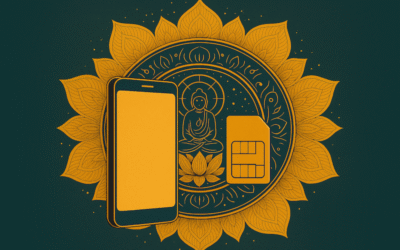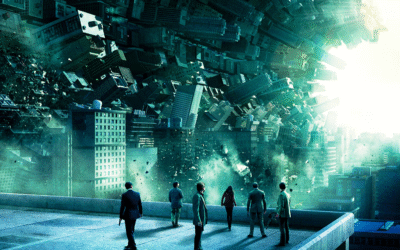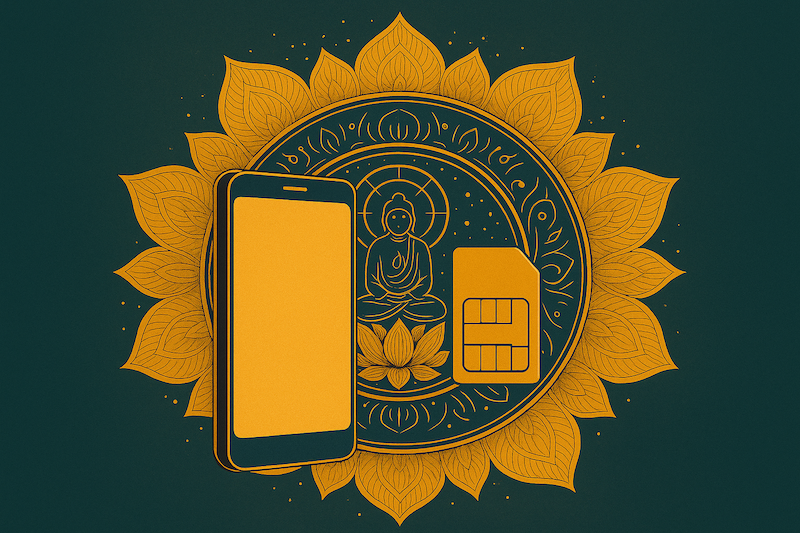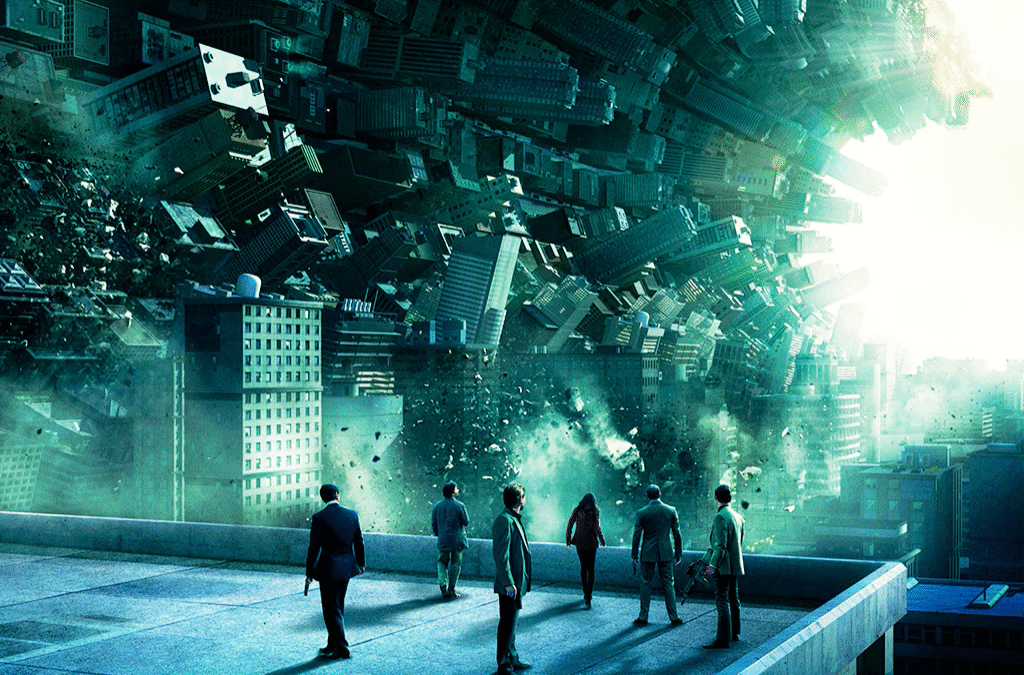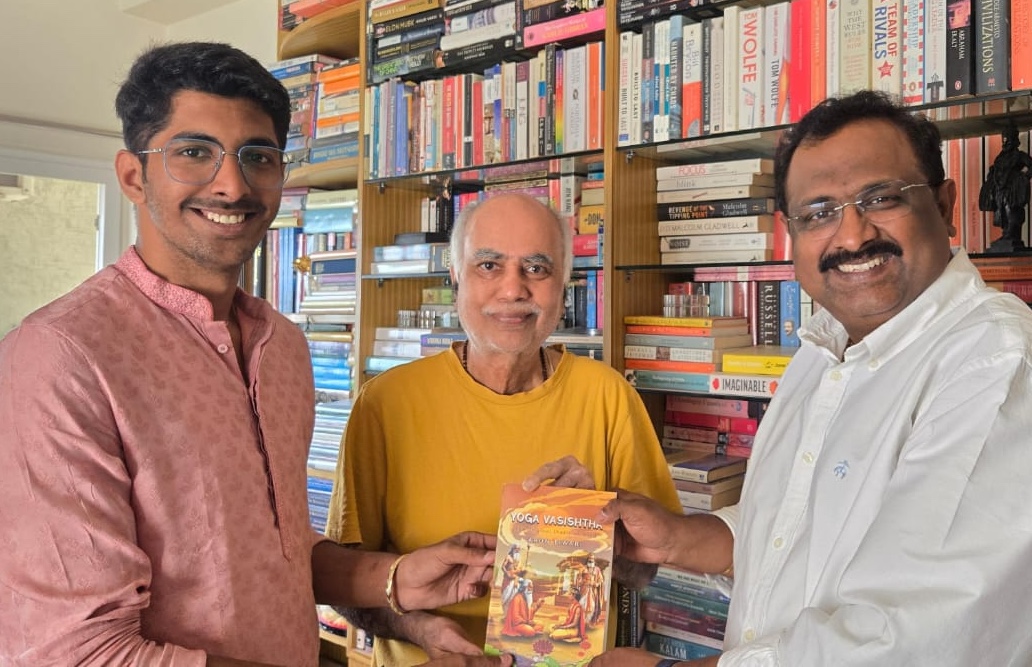I have been fascinated by Shakespeare, as most of those fancy English phrases and words that enchanted me were created by this one man who lived in England during 1564–1616. I was always intrigued by how one individual could produce such a great body of work that...

The Theatre Within
The Theatre Within
I have been fascinated by Shakespeare, as most of those fancy English phrases and words that enchanted me were created by this one man who lived in England during 1564–1616. I was always intrigued by how one individual could produce such a great body of work that continues to charm billions of English-speaking people over centuries. Then, a biography of Shakespeare, written by Peter Ackroyd (b. 1949), landed in my hands. It was such a wonderfully written book that for nearly a month, I remained under its spell, and this blog is my way of sharing that wonderful feeling.
What bewilders me about Shakespeare is not just the scale of his creativity—38 plays, 154 sonnets and two long narrative poems—but the breadth of human experience he was able to hold in his words. Peter Ackroyd’s biography reveals a man shaped by ordinary circumstances: born to a glove-maker, married young, father to three children, losing his only son at eleven, living through plagues, fires, political tension and religious unrest. Yet, from such turbulence, emerged a voice that could articulate joy and jealousy, ambition and doubt, love and rage, and grief and transcendence.
Ackroyd portrays not a divine genius floating above life, but an actor, businessman and working dramatist who navigated the vibrant, noisy streets of London. He walked among butchers and beggars, ship captains and silk merchants, lovers and lawbreakers. What he saw, he wrote. What he heard, he transformed. His theatre, The Globe, was literally circular—a metaphor for the human experience he shaped into drama.
Shakespeare is said to have created more than 1,700 new words, enriching the English language. These include popular words like majestic, lonely, eventful, radiance, and amazement, and phrases like break the ice, own flesh and blood, forever and a day, love is blind, wear my heart upon my sleeve, and the world is my oyster. To think that everyday speech today is sprinkled with the words he coined is almost haunting. It reminds us that behind every word is a mind that dared to express the unspeakable. The words Shakespeare teaches are not just tools; they are carriers of unexpressed feelings and emotions.
Ackroyd beautifully draws out how Shakespeare understood that ‘Drama is the language of the soul.’ His plays were not mere stories but cathartic journeys. The Greeks called it catharsis—the purging of emotions to restore inner balance. Shakespeare perfected it. Hamlet gives words to grief and existential despair. Othello shows how jealousy can consume dignity. King Lear explores old age, betrayal, and the tragedy of dignity stripped away. Macbeth is ambition turned into horror. The Tempest becomes forgiveness from the depths of pain. Even his comedies—As You Like It, A Midsummer Night’s Dream, and Twelfth Night—are not frivolous. Beneath the laughter lie longing, mistaken identity, the search for love and the desire for belonging. Every laugh comes with a tear. Every tragedy offers a glimpse of redemption.
We often imagine Shakespeare writing in solitude. But he was as much an actor as a playwright; his words were meant to be lived on stage. Shakespeare wrote not just to be read, but to be performed. He crafted his lines to suit the natural rhythms of spoken language and the physical movements of actors, aiming to elicit strong emotional reactions from the audience.
When we read King Henry V saying, “We few, we happy few, we band of brothers”, we hear a call to courage spoken before battle. When we read Venus saying to Adonis, “Bid me discourse, I will enchant thine ear”, we feel the seduction of language itself. When we encounter Queen Margaret telling Richard, the defeated Duke of York, “Lord, how art thou changed”, we face the fall of pride and the fragility of power. His drama becomes the mirror in which we now recognise ourselves.
It is not without reason that Shakespeare is studied today not just by literature students but also by psychologists, business leaders, spiritual thinkers and actors. He did not merely reflect life—he reframed it so we could see ourselves better. In a world moving fast, where emotional suppression equals strength, Shakespeare writes:
Give sorrow words; the grief that does not speak
Whispers the o’er-fraught heart and bids it break.
(Macbeth, Act IV, Scene 3)
Peter Ackroyd reminds us that Shakespeare lived through multiple waves of plague. Theatres would close, silence would fall, and people would turn inward. Yet, when the stage reopened, crowds gathered in the thousands. Why? Because theatre allowed them to feel again, to release their silently carried sorrow. The greatest gift an artist, author, or dramatist offers is emotional ventilation—a safe space to cry without trauma, to laugh without danger, to confront fear without consequence. When people stop feeling, they stop healing.
In our age of artificial intelligence, virtual reality and drowning distractions, we still gather to watch a play, read a book, or recite a poem. Why? Because deep within, we are Shakespearean—we want to feel, to relate, to recognise our inner tensions reflected back to us. Ackroyd shows that Shakespeare did not escape life; he entered it more fully. Each character, each soliloquy, was his way of untangling human conflict.
“To be, or not to be…” (Hamlet, Act III, Scene 1) is not a philosophical line. It is a cry from someone on the edge of despair. Who does not feel so at some stage of one’s life? No wonder actors feel possessed when performing Shakespeare’s roles. No wonder audiences don’t just watch—they internalise. The evil of Langda Tyagi, in the film Omkara, the Hindi version of Iago in Othello, is felt.
At a time when content is instant, and attention is fleeting, Shakespeare reminds us that depth matters more than speed. He teaches that the most fragile experiences, like love, guilt, longing, beauty, and sorrow, are the most powerful forces shaping human life. AI may simulate dialogue, but cannot yet simulate the tremor of Hamlet’s voice before he speaks. Technology may scale emotion, but only theatre cultivates the courage to face it.
Ackroyd concludes that around 1611, Shakespeare quietly returned to Stratford, retiring from the thunder of applause into domestic silence. He died five years later, not in glory but in stillness. Yet the world continues to speak his words even today. There is something profoundly humbling about this. Greatness does not always end in celebration; sometimes it ends in contemplation. Just as actors exit the stage while the world goes on, Shakespeare left life, having already entered eternity. He writes in his last play:
We are such stuff as dreams are made on…
(The Tempest, Act IV, Scene 1)
As I enter my seventies, I spend much of my time at home due to health reasons and find myself increasingly in the quiet company of books and thoughts. In this stillness, reading and writing—like this very blog—have become my companions and pathways to inner journeys. Shakespeare, in particular, has emerged not merely as an author from a distant era but as a fellow traveller of consciousness, a timeless soul who speaks to me across centuries. In moments of solitude, his words make me smile, stir my wonder, and gently remind me that consciousness is one—unbroken, interconnected and eternal. Though my physical world may have narrowed, my inner world expands endlessly through these conversations with his works. In these moments, I realise that not only does Shakespeare live on through his writing—he also lives quietly within me, keeping alive the joy, the curiosity and the eternal internal theatre of the human spirit.
MORE FROM THE BLOG
The Theatre Within
The Bhagavad Gita OS
In an era where our minds scroll faster than our hearts can feel, where information pours in like a relentless monsoon yet wisdom dries up like parched earth—the Bhagavad Gita stands not as an ancient relic, but as a future-ready operating system for the human spirit....
Yoga Vasishtha Walks into Nolan’s Dream
I watched Christopher Nolan’s Inception when it was released in 2010, back when going to the theatre still felt like an event. The film is centred around the idea of entering and manipulating dreams, slipping into layers of the mind as easily as walking through doors....


